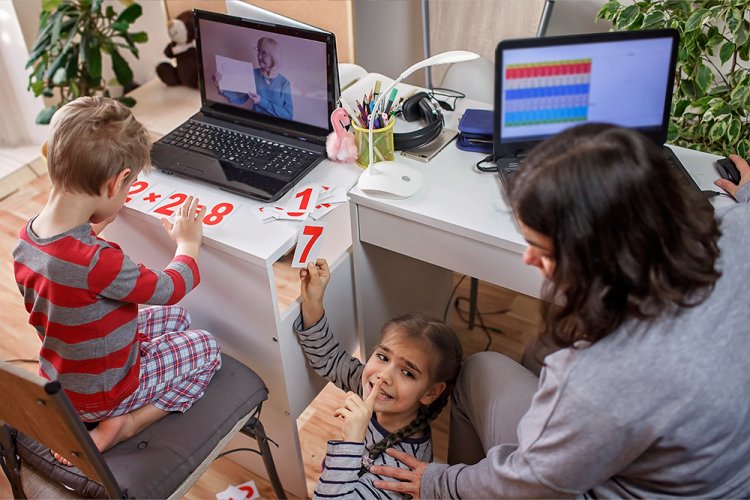How Can You Answer the Needs of Employees in a Hybrid Business Environment?
A massive shift to remote work followed by an inconsistent and uncertain return has fundamentally changed employee dynamics.

Companies must now manage a flexible, volatile, hybrid workplace at a time when it is more critical than ever to upskill employees.
In this modern work environment, companies need to change their approach to learning to meet the learning needs of employees.
- Traditional classrooms and offices have made employees think of learning as an activity separate from their work. This idea has caused employees to see learning as a task that will distract them from their work, rather than as a part of the job.
- People are used to accessing information only when they need it. Whether it's looking at the news or consuming media content, everything is now a click away. This is not unique to any generation or group. We all live in an age where we are only seconds away from the answer to almost everything. The current work environment requires that the learning approach change to become an integral part of daily work life.
However, corporate learning has failed to keep up with this pace. While people learn everything they need online, companies have insisted on giving their employees classes and courses that teach almost nothing. This is no different than selling tapes to people who listen to Spotify today. So it is not a sustainable model.
Companies can no longer spend time and resources creating and perfecting learning courses because the rapidly evolving business environment now demands flexible learning and flexible students.
Brandon Hall Group research shows that employees need to engage with learning more often than they currently do, and companies need it too.
If we want people to thrive and perform, we can't do that by having them take a class every week or simply click and watch a lesson once a day. The aim of companies is to reach a point where learning is continuous, everywhere and in life. To do this, we must look at the characteristic features of today's modern students:
- They want to find answers quickly
- They need a wider variety of media
- They use multiple devices such as PCs, laptops, tablets and smartphones
- They consume the content in the most appropriate way in terms of time and space.
By considering these features, companies can respond to the needs of their employees. In fact, the volume and variety of learning experiences that can be given to employees is staggering. Concepts such as artificial intelligence and machine learning make it easier to deliver learning in a more targeted and personalized way. It's not so costly anymore to provide people with everything they need to become better, faster and more resourceful.
Companies must take a holistic approach to learning strategies, understand the needs of both the business and students, and use the right tools and technologies to make this happen. Some of these tools and technologies are as follows:
- Formal learning activities using techniques such as gamification, virtual and augmented reality, scenario-based learning make learning more interesting and effective.
- Performance support tools that support these formal experiences provide employees with access to information in the workflow.
- The opportunities to apply new knowledge in the business environment provide the context and reinforcement that the modern student needs.
- Microlearning options for building a learning habit is another strategy for aligning learning with the workflow.
- Mobile learning opportunities allow students to access information mobile when and where they need it.